Top Saro Essential Oil Uses & Benefits

It may not be the most famous essential oil but there is good reason to add Saro to your collection. Saro essential oil is remarkably effective at boosting your overall health and improving respiratory health. It’s world-renowned for its antibacterial, antifungal, analgesic, decongestant and antiviral therapeutic benefits.
Saro essential oil, also known as Mandravasarotra essential oil, is rich in immune-boosting, uplifting and respiratory properties. “Mandravasarotra” translates to “that keeps illness away” in Malagasy, Madagascar’s native language. Saro’s aroma is clean and somewhat fruity, similar to Ravintsara.
On an emotional level, Saro essential oil stimulates the mind while encouraging a positive mood. In a diffuser, Saro can help relieve stress and anxiety. It also has energizing value to improve adrenal strength and vitality. If you’re looking for a fresh spark of creativity, Saro essential oil can help you find the inspiration you need. It can also soothe sore muscles and relieve pain.
Breathing & Respiratory Support
Saro essential oil is often celebrated for its ability to improve respiratory circulation. The oil contains more than 50% of oxides (predominantly 1,8 cineole) which acts as an expectorant to aid coughs, congestion, and other respiratory ailments. It can also help reduce inflammation which can loosen mucus for clearer breathing.
Similar to Eucalyptus essential oil and Lemon Tea Tree essential oil, Saro helps open up the respiratory tract to allow for deeper inhales and exhales. For centuries, it has been used to provide relief from sinus congestion, sore throats, colds, influenza, and sinusitis. Additionally, many people rely on Saro essential oil for alleviation from seasonal allergies and improved immune system function.
How To Use Saro Essential Oil
Interestingly, Saro can also help eliminate microbes from the air when diffused. Because of its high 1,8 cineole content, Saro essential oil can help reduce the number of bacteria, viruses and fungus in the air you breathe. If you’re using an ultrasonic diffuser, add 50 drops of Saro essential oil to your diffuser, shut the doors and open the windows to the room you are trying to clear. Allow the diffuser to run for about an hour and then enjoy freshly scrubbed oxygen.
For breathing and respiratory health, Saro essential oil and other medicinal oils can be used in steam therapy, essential oil inhalers or DIY chest rub. According to numerous studies, steam inhalation is effective in alleviating cold symptoms. To inhale Saro through steam, pour steaming water into a bowl, add 2-3 drops of Saro and deeply inhale the vapor.
DIY Saro Essential Oil Chest Rub
Comforting and expanding, chest rubs work through inhalation to relieve nasal congestion and provide lasting respiratory relief. For a solid night’s rest while battling a cold or flu, apply the chest rub to your skin before bedtime.
1.5 oz soy wax
½ oz shea butter
45 drops Saro essential oil
4 oz glass jar
How to: Melt soy wax and shea butter in a double boiler and remove from heat. Stir in Grapeseed and Saro essential oil. Transfer to a glass jar. To use, take a dollop of the salve, and gently rub it onto your chest and throat. Let the balm sink in as you inhale and exhale deeply.
Saro Essential Oil Safety Information
At Edens Garden, essential oil safety is of the utmost importance and is central in everything that we do. As mentioned above, Saro essential oil has a very high 1,8-cineole content which can be sensitizing to people with specific health issues. For those with asthma, Saro should be used with care and caution. It should not be inhaled directly but may be suitable for diffusion at a small concentration in an ultrasonic diffuser.
According to “Essential Oil Safety” by Robert Tisserand, Saro essential oil may cause breathing issues and central nervous system problems in young children. To be safe, avoid using Saro around small children and infants under the age of 3 years old.
When applied topically to the skin, always dilute any pure essential oil with a carrier oil like Fractionated Coconut oil. Applying essential oils directly to the skin can cause skin irritation or harm. If you have sensitive skin, you may want to dilute Saro with more carrier oil.
To avoid an allergic reaction or any other negative side effects, always check with your physician if you have any concerns about using essential oils.
Can You Ingest Saro Essential Oil?
Essential oils should not be ingested or applied undiluted to the skin unless under the direct care of a certified aromatherapist and medical doctor. Pure essential oils can cause serious damage to your health when taken internally.
When you ingest an essential oil, it comes into direct contact with your tongue, mouth, esophagus, and stomach. Any essential oil you ingest will attach to the mucous membrane of your vital organs which in turn, can cause irritation and damage.
Essential oils are incredibly powerful, potent, and highly concentrated and when used properly, can have tremendous effects on the body and mind. Many certified aromatherapists do not believe there should be ingestible essential oils, as ingesting them involves a lengthy intake of a client's health and an excess of aromatherapy experience.
Saro Essential Oil Blending
When blending different essential oils together, the goal is to combine them synergistically to achieve enhanced aroma and benefits. When creating your essential oil blend, think about balancing each aromatic note to build a well-rounded blend.
Saro oil has top-middle aromatic notes. To create a balanced aroma, blend Saro with oils that have base notes and middle notes. As a general rule, a blend should have 75% middle notes, 20% top notes and 5% base notes.
If you want a more top-note aroma, you can add more top-note oils like Peppermint or Eucalyptus essential oil. For a harmonious essential oil blend, combine base note oils like Sandalwood- Australian or Patchouli with a middle note oil like Lavender, Black Pepper or Ylang Ylang.
To learn more about blending essential oils, read “How To Blend Essential Oils,” on our blog.
SOURCES:
Buckle Jane RN, PhD, in Clinical Aromatherapy (Second Edition), 2003 Basic Plant Taxonomy, Chemistry, Extraction, Biosynthesis, and Analysis
Eccles, Ronald in Reference Module in Biomedical Sciences, 2021
Butje, Andrea The Heart of Aromatherapy (Carlsbad, CA: Hay House, Inc., 2017), 110
Ophir, D., & Elad, Y. (1987). Effects of steam inhalation on nasal patency and nasal symptoms in patients with the common cold. American journal of otolaryngology, 8(3), 149-153. https://doi.org/10.1016/s0196-0709(87)80037-6
NCBI. Essential Oils as Antimicrobial Agents-Myth or Real Alternative? https://www.ncbi.nlm.nih.gov/pmc/articles/PMC6612361/

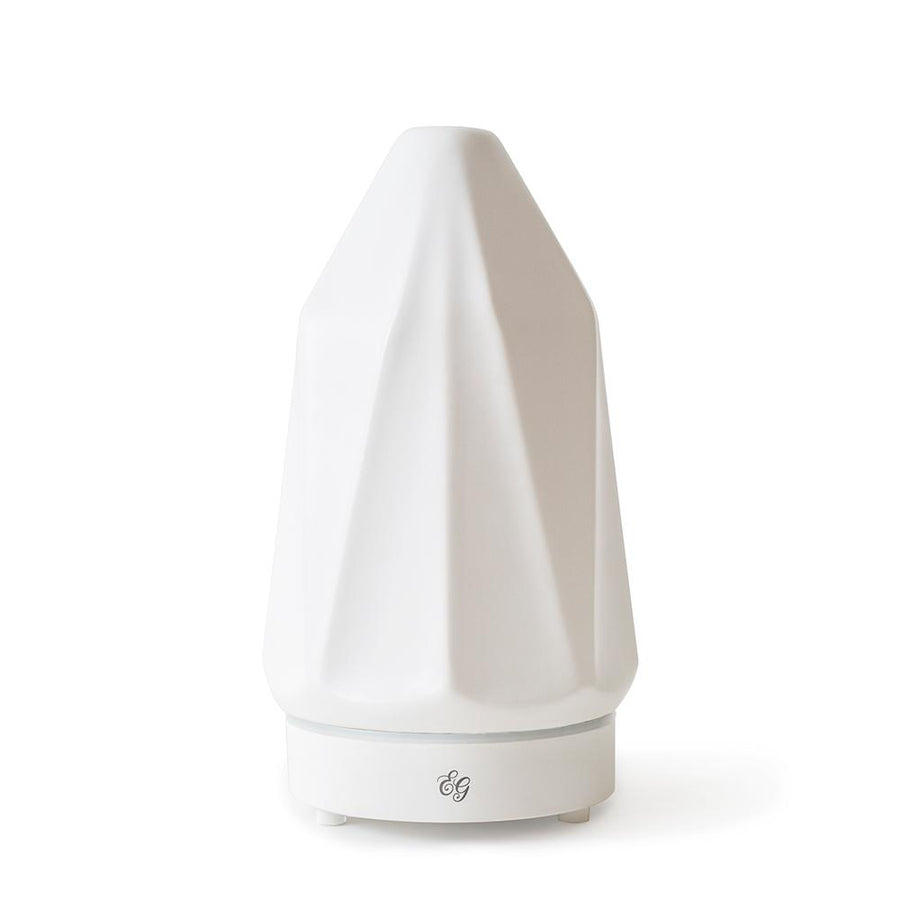
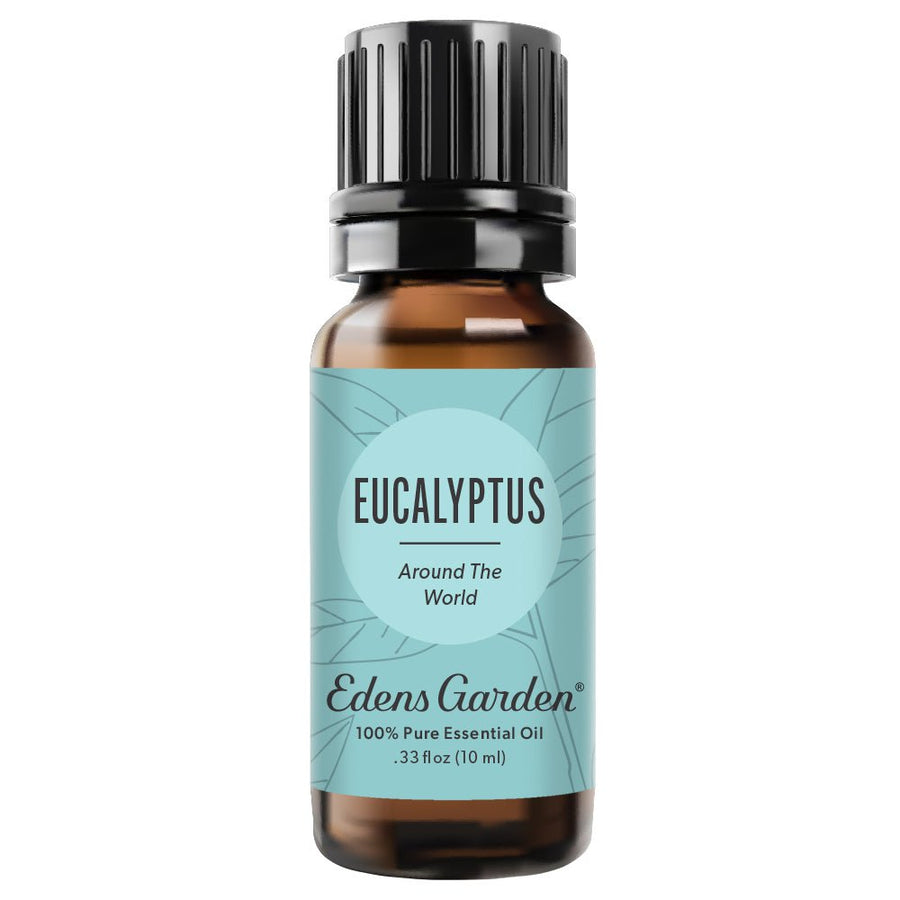


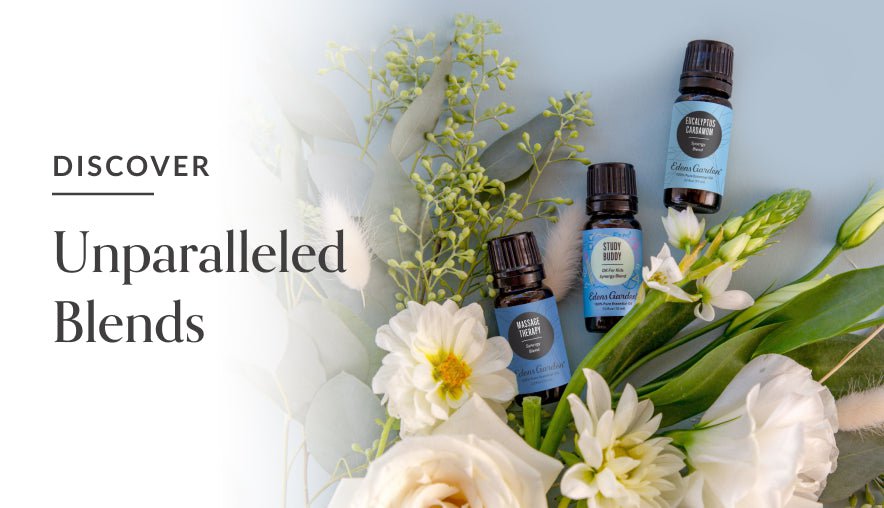
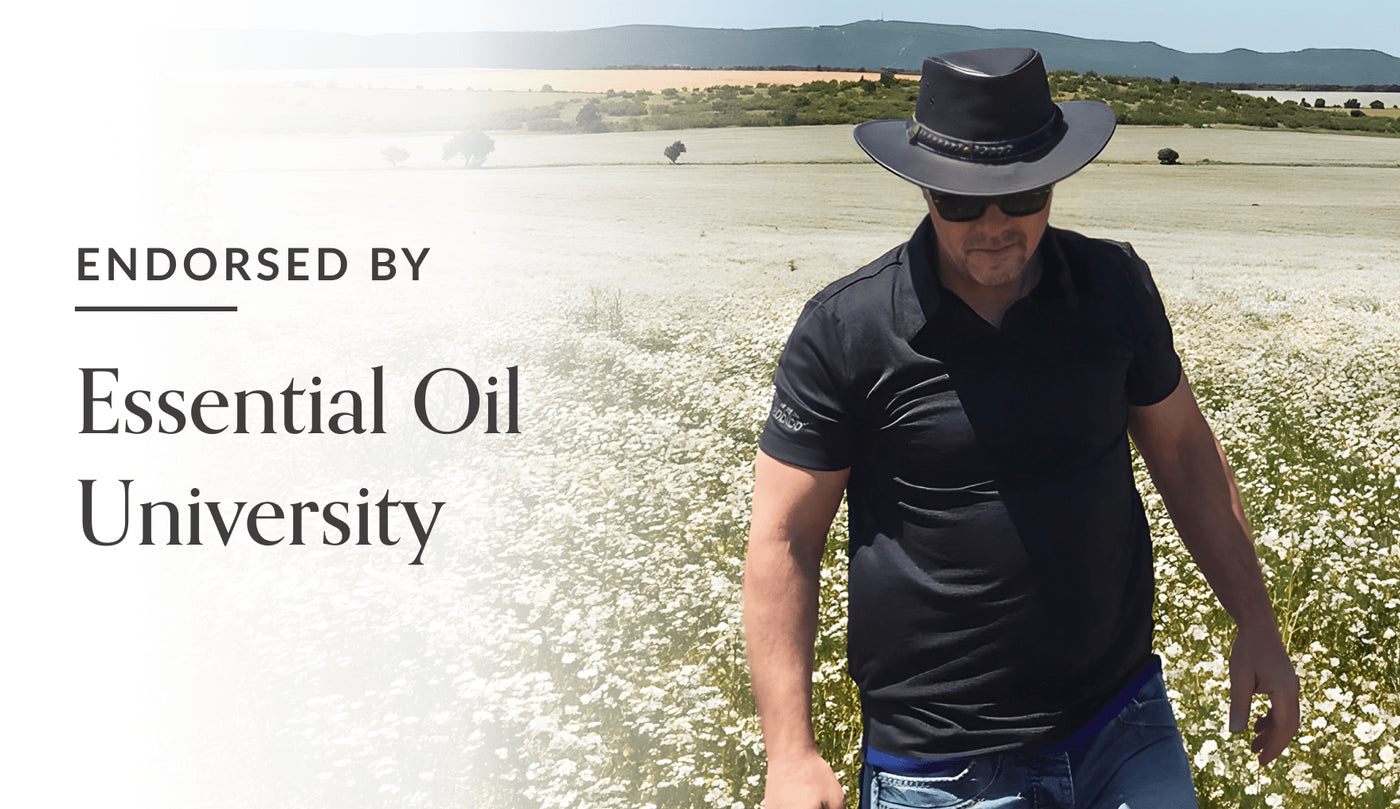
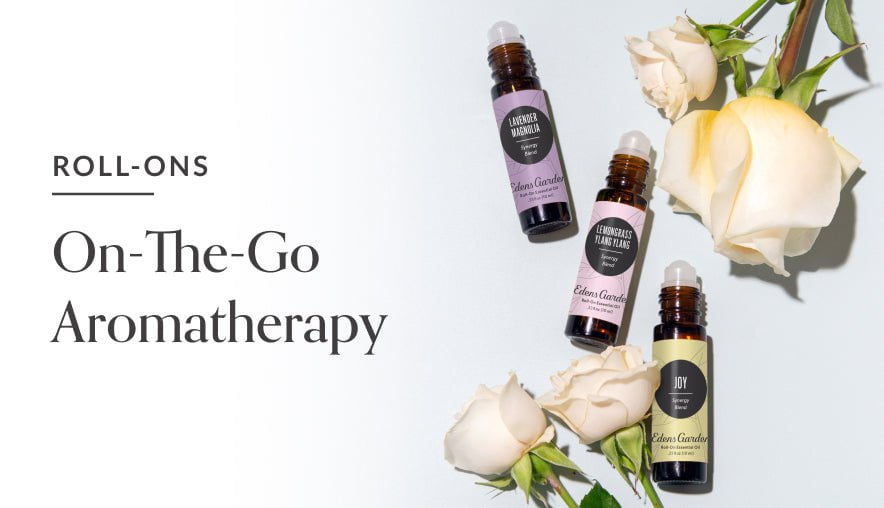
Kimberleigh Murray
January 11, 2022 at 11:26 am
Great interesting, useful and thorough article! Thank you!